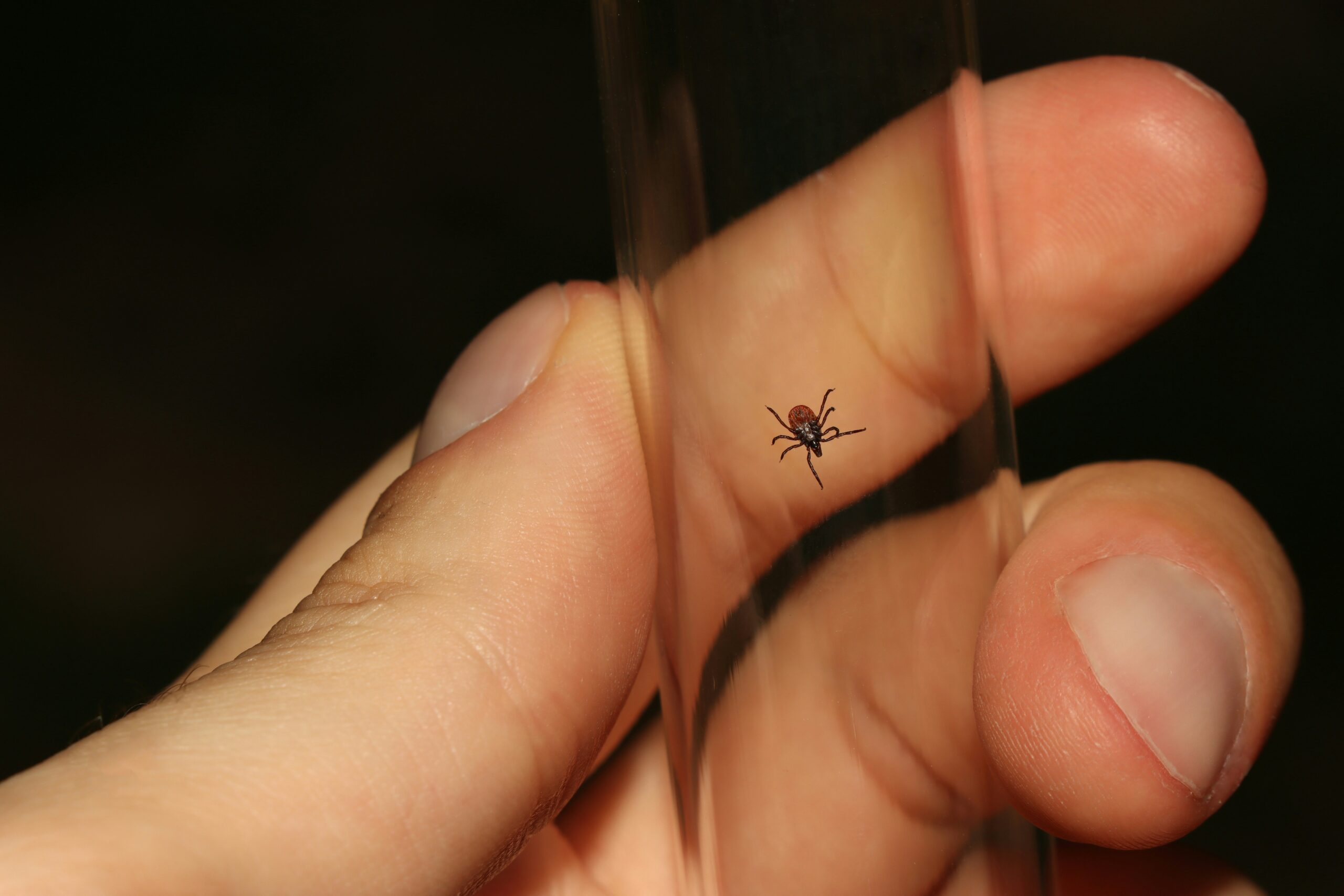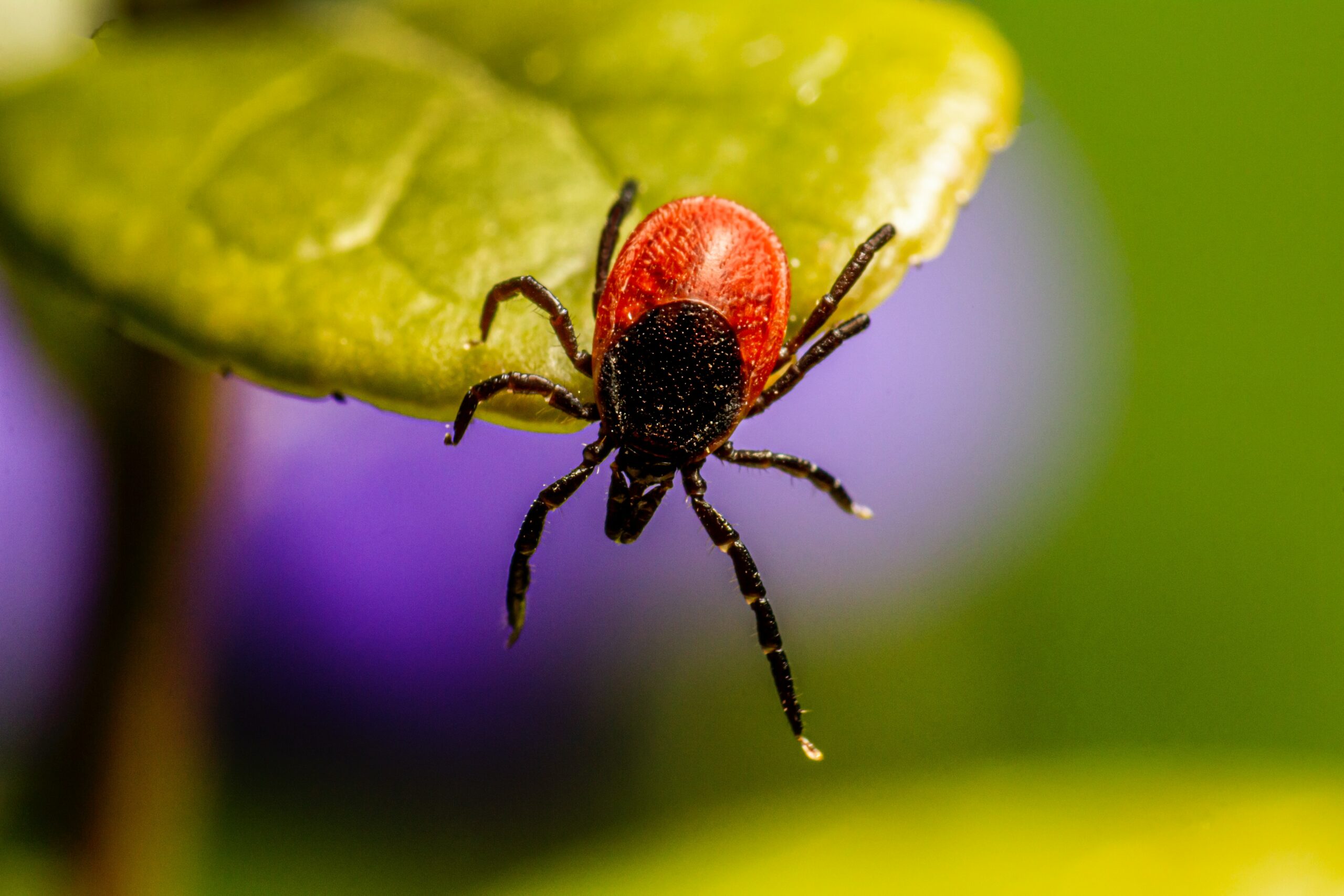JULY 2016
WHAT’S NEW
NURTURE YOUR CHILD’S EMOTIONAL INTELLIGENCE

According to Dr. Gerald Newmark, founder of the Children’s Project, “[It is vital] to create a positive atmosphere in which family members interact with each other in ways that make everyone feel respected, important, accepted, and secure.” In doing so, “We can become a powerful force for developing emotionally healthy and high-achieving children and families.”
TRY INCORPORATING THESE STRATEGIES INTO YOUR FAMILY’S ROUTINE:
MODEL COPING SKILLS. Children learn by observing you. Research shows this begins in the prenatal period, when developing babies sense maternal stress. When your anxiety levels get high, don’t just muddle on. Take time out. Do something just for you. This kind of self-awareness models emotional health and shows children how to cope with stress.
SOLVE PROBLEMS TOGETHER. Whether it’s kids who don’t want to get out of bed for school or an epic struggle around chores, open communication is the best way to reduce tension. Talk with your kids about what’s important to your family and why. Invite them to offer solutions.
LISTEN TO YOUR KIDS. Too often adults view kids’ problems as insignificant or silly. But our children see themselves as real people with real problems. Ask them about their challenges and concerns. When children feel heard, they feel validated and that builds trust between them and you.
EXPRESS GRATITUDE. Acknowledge the good things in your life; this steers focus away from negative events and gives new perspective to tough situations. Keep a family journal, or during mealtime have each person express what she or he is grateful for that day.
HONOR A CHILD’S SPIRIT. Children can experience profound moments that shape their lives in enduring ways. It can be a moment of wonder (seeing the Grand Canyon for the first time) or an awareness of their own inner wisdom (an ‘a-ha’ moment). It can be moments in which children ask big questions about life. Set aside time to discover and discuss these experiences. They can become cornerstones in a child’s evolving sense of themselves and an awareness of something greater than the material world.
SUGAR’S ADDICTIVE QUALITIES
When we ingest sugar, our body generates a response similar to that seen in addictions, which is why we develop cravings for more. It’s often called the cocaine of dietary additives.
Here’s how it works: Sugar — whether natural, processed or artificial — enters the bloodstream quickly, causing your blood sugar level to spike. The body recognizes this imbalance and acts to bring blood sugar back to normal. Insulin, a hormone, pushes glucose into the cells to be used for energy. But if you eat a lot of sugar, the body can’t keep up. Insulin has to work harder and the body overcompensates, causing blood sugar to drop too low – and your brain reacts. You feel depleted, irritable, and crave more sugar.
SUGAR BY ANY OTHER NAME
Sugar names you might recognize are sucrose (table sugar), fructose (found in fruits, some root veggies, and honey), and lactose (milk sugar). Naturally occurring sugar in fruit and vegetables has a place in a balanced diet. But added sugar, artificial sweetener, and processed ‘natural’ sugar like high fructose corn syrup are detrimental to your health.
ELIMINATE UNHEALTHY SUGAR FROM YOUR DIET
Learn where Sugar Hides. On ingredient lists, look for words ending in ‘-ose,’ which equate to sugar. If they’re among the first five items, it’s not worth buying. When sugar is among the last items in the list, that’s a better choice.
AVOID THE FAKE STUFF. Products containing artificial sweeteners are not a healthy alternative. Diet soda, ‘fat free’ and ‘sugar free’ candy and cookies are associated with weight gain and cravings, creating a cycle of addiction.
SIP WITH AWARENESS. A single can of soda, flavored water, Gatorade, or a juice box typically contain nine or more teaspoons of sugar.
MAKE SWEET SUBSTITUTIONS. Look for snacks labeled ‘no added sugar’ or ‘unsweetened.’ Use canned foods packed in water or natural juice. When baking, swap table sugar with applesauce, date paste, molasses, or fruit puree. Cinnamon or vanilla powder is a great way to sprinkle flavor onto yogurt, oatmeal, or coffee. Opt for coconut sugar or syrup, brown rice syrup or cane sugar over other processed sugars.
Reprogram your sugar meter slowly. If you put two sugar packets in your coffee, cut back in half-packet increments. Keep sugar off the kitchen table. Small steps add up to sweet success!
REFERENCES
- Firestone, L. “7 Tips to raising an Emotionally Healthy Child.” Psychology Today website. Accessed on April 8, 2016.
- The Children’s Project.com Extensive Resources on “Developing Emotionally Healthy Children, Families, Schools & Communities.” Accessed on April 8, 2016.
- CDC 24/7. “Children’s Mental Health Surveillance Report – U.S. 2005-2011.” Accessed on April 11, 2016.
- Goleman, Daniel. Emotional Intelligence. Online resources accessed April 9, 2016.
- Kamrath, S. “Happy Healthy Child: A Holistic Approach – An Interview with Bruce Lipton.” (2012). Brucelipton.com Accessed on April 11, 2016.
FOOD FOR THOUGHT. . .
“Our emotions are often beautiful, but they can also be dangerous. They represent our spontaneity, and seem to speak to us of our freedom.” – Tariq Ramadan
AWESOME AVOCADO
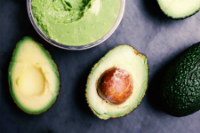
There are limitless ways to add avocado to snacks or meals: Use avocado as a healthy spread on toast; blend it into scrambled eggs; add it to dips, salsa, or soup; slice for a salad topping.
Avocado is optimally ripe when the fruit is mildly soft to touch. Its flesh should be creamy and green-gold in color. If you don’t use the whole fruit at one time, keep leftover avocado fresh by leaving the pit in the unused portion and allow it to sit, uncovered, on a counter for a few hours before placing it in the fridge (still uncovered) for up to two days. When you want to use the other half, simply peel off the brown crust to reveal a soft and deliciously ripe avocado beneath.
REFERENCES
- Dreher, Mark L., and Adrienne J. Davenport. “Hass Avocado Composition and Potential Health Effects.” Critical Reviews in Food Science and Nutrition 53.7 (2013): 738-750. PMC. Web. 28 Mar. 2016.
- WorldsHealthiestFoods.com. “What’s New and Beneficial About Avocados?”
- AuthorityNutrition.com “Avocado 101.”Accessed on March 29, 2016. “12 Proven Benefits of Avocado.”
- Ding H, Chin YW, Kinghorn AD, et al. “Chemopreventive Characteristics of Avocado Fruit. Semin Cancer Biol.” (2007 May 17). Accessed on March 29, 2016.
VEGAN AVOCADO CHOCOLATE MOUSSE
- 1 ripe avocado, skin and pit removed, mash slightly with a fork
- 3 1/2 tbs unsweetened dark chocolate cocoa powder
- 3 1/2 tbs RAW honey
- unsweetened almond, coconut or hemp milk
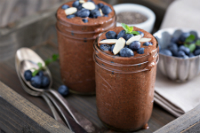
BETA-CAROTENE
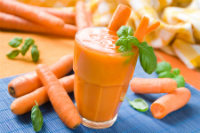
Without beta-carotene, our bodies are unable to manufacture Vitamin A. And without sufficient Vitamin A, nearly all of our systems are at risk, including lungs, kidneys and immune function. Research shows that people who consume the necessary levels of beta-carotene are able to lower their risk for coronary artery disease, stroke, macular degeneration, and other age-related diseases.
YOU CAN GET BETA-CAROTENE FROM A VARIETY OF FOODS:
- Apricots
- Asparagus
- Broccoli
- Carrots
- Chinese cabbage
- Yam/Sweet Potato
- Spinach
- Kale
The National Institutes of Health recommends a daily intake of 3,000 IU for adult men and 2,310 IU for adult women. For children, amounts vary according to age. While beta-carotene deficiency is rare in most industrialized countries, it can be difficult getting the recommended levels simply from food. That’s where supplements come in. In consult with your healthcare practitioner, design a plan that meets your individual needs. You may want to consider a supplement with a mixture of carotenoids, including beta-carotene, alpha-carotene, lycopene, astaxanthin, lutein and zeaxanthin.
It’s possible to take too much beta-carotene. This is usually indicated by a yellowing of the skin, palms or soles and is known as carotenemia. Once consumption of beta carotene is reduced, this yellowing fades over time. As always, your best outcomes are achieved when working closely with your healthcare practitioner.
REFERENCES
- MedicalNewsToday.com “What is Beta Carotene?” Accessed on March 30, 2016.
- National Institutes of Health. Vitamin A. Medical handout for health professionals.
- MedlinePlus.com. “Beta Carotene.” Accessed on March 30, 2016.
- Institute of Medicine, Food and Nutrition Board. Beta-carotene and Other Carotenoids. Dietary Reference Intakes for Vitamin C, Vitamin E, Selenium, and Carotenoids. Washington, D.C.: National Academy Press; 2000:325-400. Accessed on March 30, 2016.
- Bendich, A. “Functions and Actions of Retinoids and Carotenoids: Building on the Vision of James Allen Olson.” Jnl of Nutrition. (2004) American Society for Nutritional Sciences. Accessed on March 30, 2016.
ROSE HIPS FOR WELLNESS
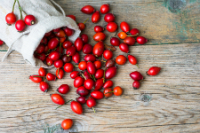
Of all the roses, the beautiful Wild Dog Rose is the type most often cultivated for their hips. Once the flower has bloomed, and all the petals have fallen off, the hip is picked and used in a range of herbal preparations. Rose hips contain a variety of antioxidants (especially Vitamin C), Vitamin A, carotenoids, and other plant compounds that are recognized for their role in preventing degenerative disease, including heart disease and certain types of cancer.
Rose hip pulp can be incorporated into sauces or made into a jelly. Standardized extracts are also available in capsules. Always check with your wellness practitioner before using any herbal remedy.
REFERENCES
- Iherb.com. “Rose Hip.” Accessed on March 28, 2016.
- Mahboubi, M. “Rosa Damascena as Holy Ancient Herb with Novel Applications.” Journal of Traditional and Complementary Medicine 6.1 (2016): 10-16. PMC. Web. 28 Mar. 2016.
- Phetcharat, L., Wongsuphasawat, K. & Winther, K. “The Effectiveness of a Standardized Rose Hip Powder, Containing Seeds and Shells of Rosa Canina, on Cell Longevity, Skin Wrinkles, Moisture, and Elasticity.”Clinical Interventions in Aging 10 (2015), 1849-1856. PMC. Web. 28 Mar. 2016.
- Schwager, J.,et al. “A Novel Rose Hip Preparation with Enhanced Anti-Inflammatory and Chondroprotective Effects.” Mediators of Inflammation (2014) October. PMC. doi: 10.1155/2014/105710 Web. 28 Mar. 2016
HOMEOPATHY: FINDING THE CURE IN THE CAUSE
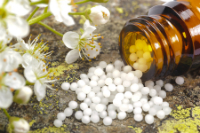
A homeopathic physician will conduct an extensive interview with a patient, identify potential remedies, and closely monitor a patient’s progress until the person is well. During treatment, symptoms may come and go as the body heals. While it’s a very safe therapy, it’s important to work with a practitioner who has been fully trained in order to achieve the best results possible.
REFERENCES
- Cody, G.W. & Hascall, H., “The History of Naturopathic Medicine: The Emergence and Evolution of an American School of Healing” in Pizzorno, J.E. & Murray, M. T. Textbook of Natural Medicine (2013). p. 37.
- Lange, A. & Gaylord, S.A., “Homeopathy” in Pizzorno, J.E. & Murray, M. T. Textbook of Natural Medicine (2013). p. 314-323.
GUIDING PRINCIPLES

First Do not Harm

Identify and Treat the cause

Healing Power of Nature

Doctor as Teachers

Treat the Whole

Prevention is best Medicine
Follow us on instagram
BLOG
Become an educated consumer with our Indigo Blogs and prevent dis-ease.
Our Doctors have been featured in:



